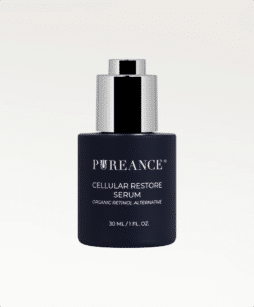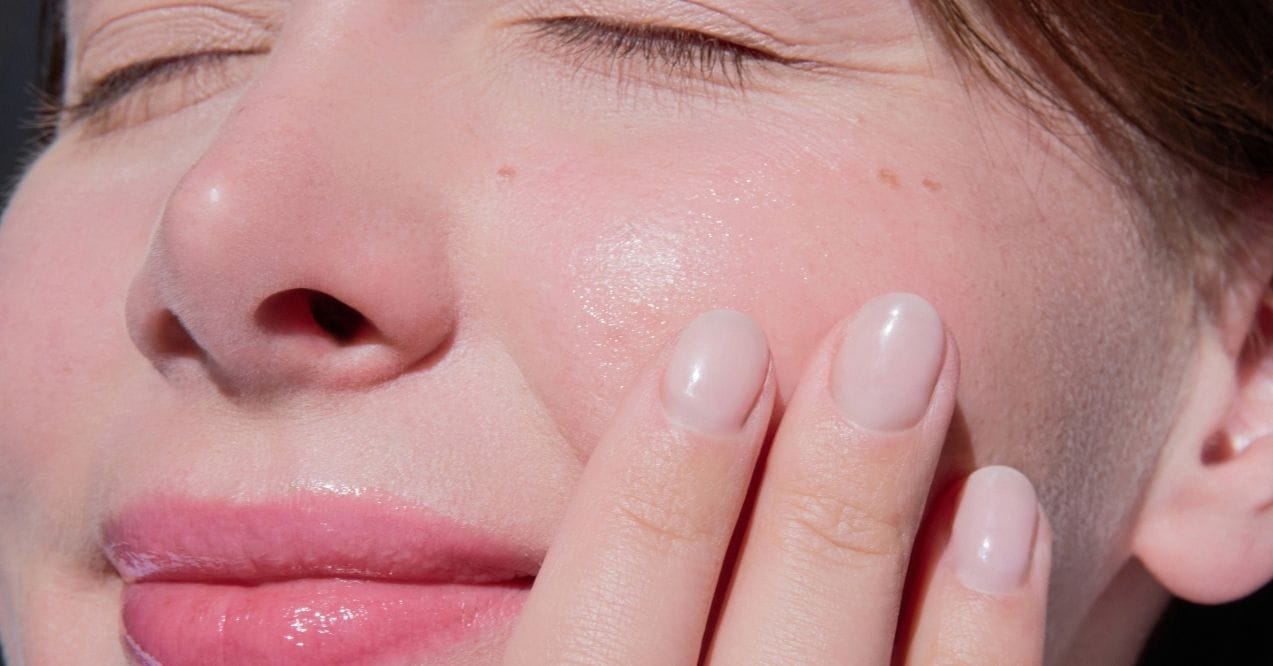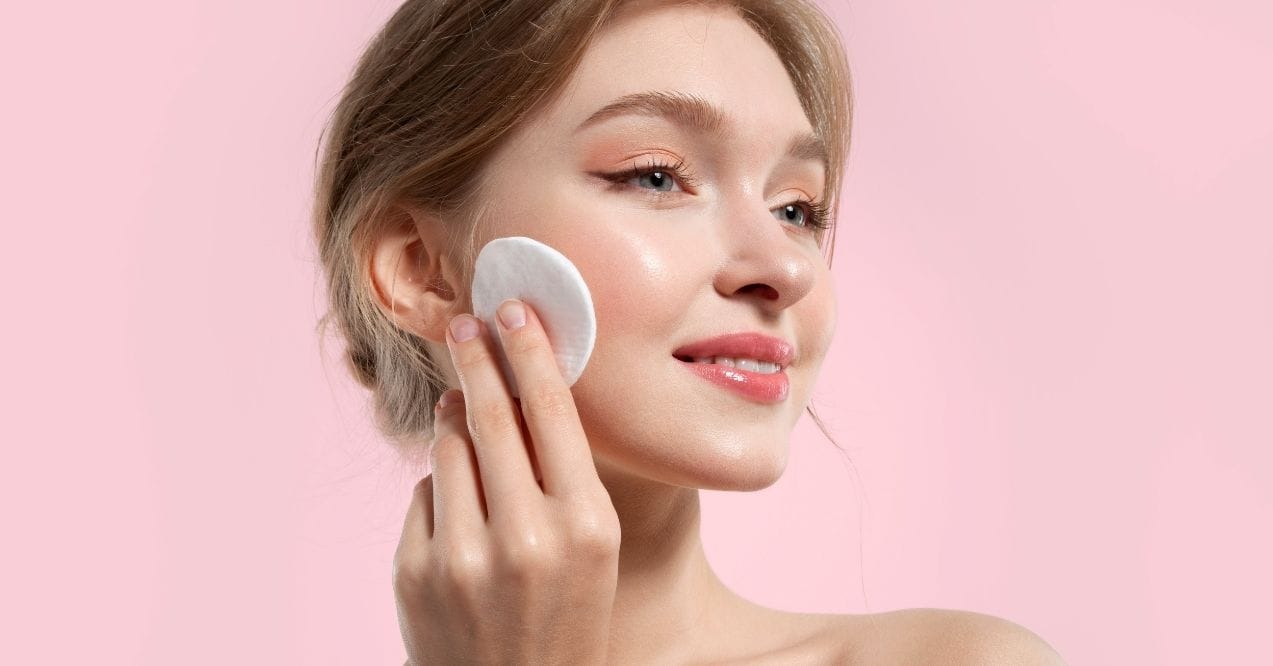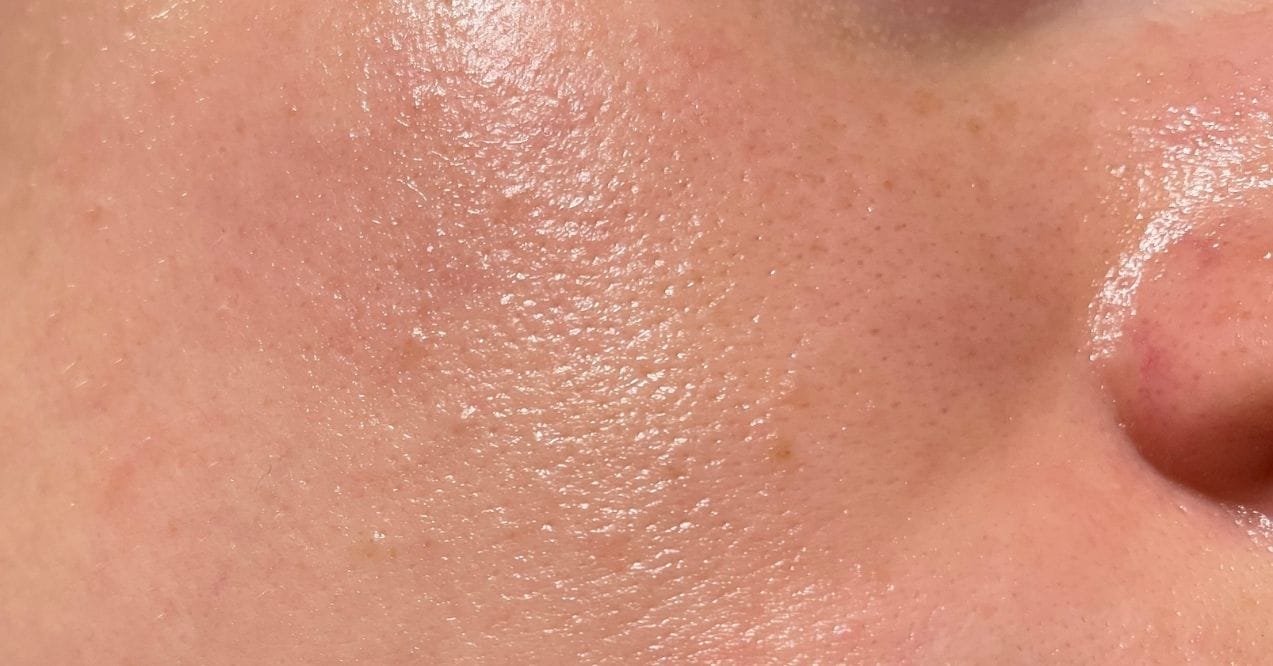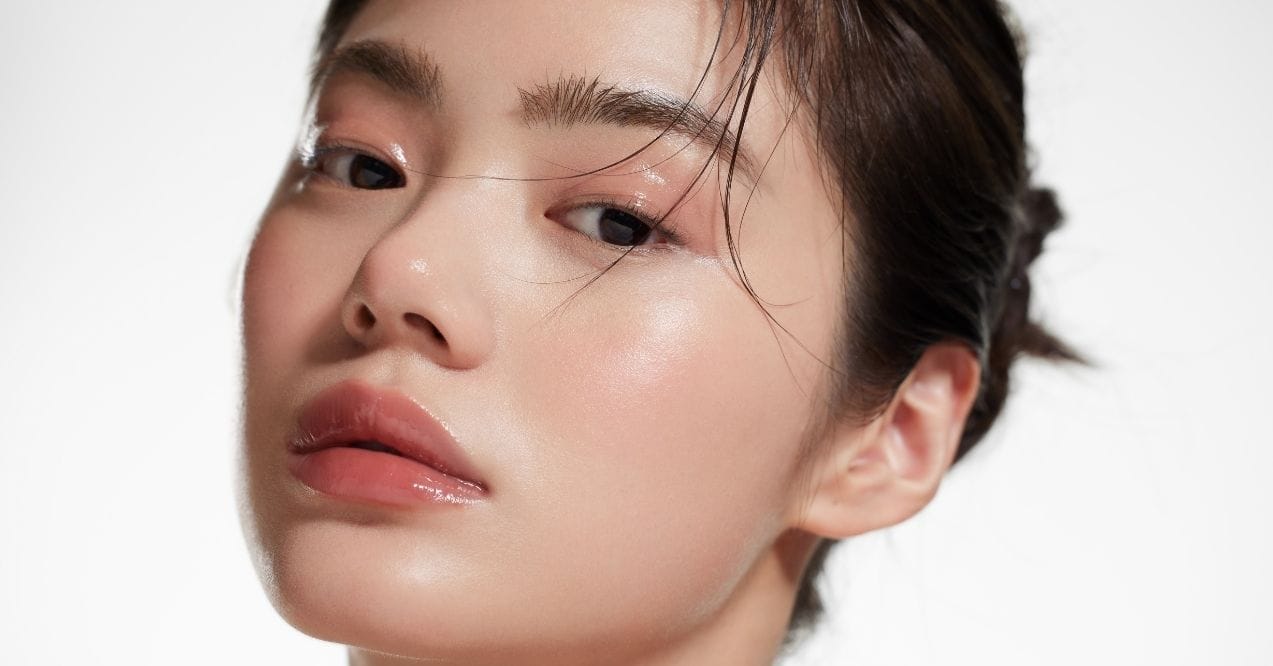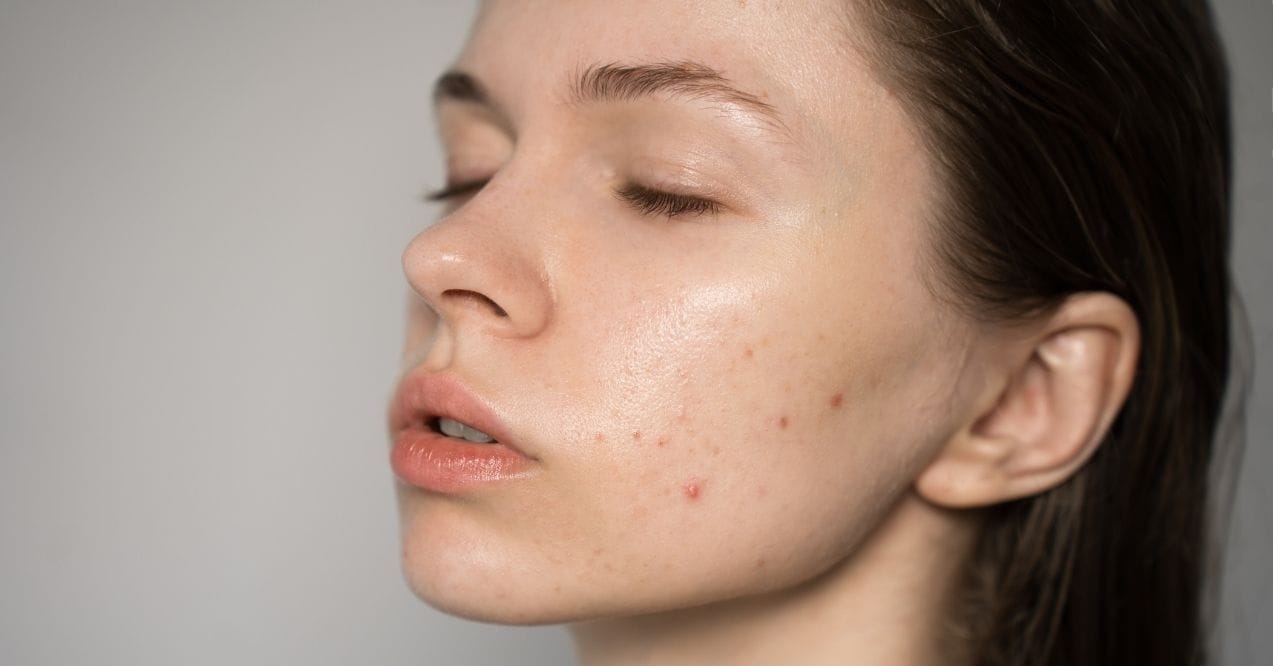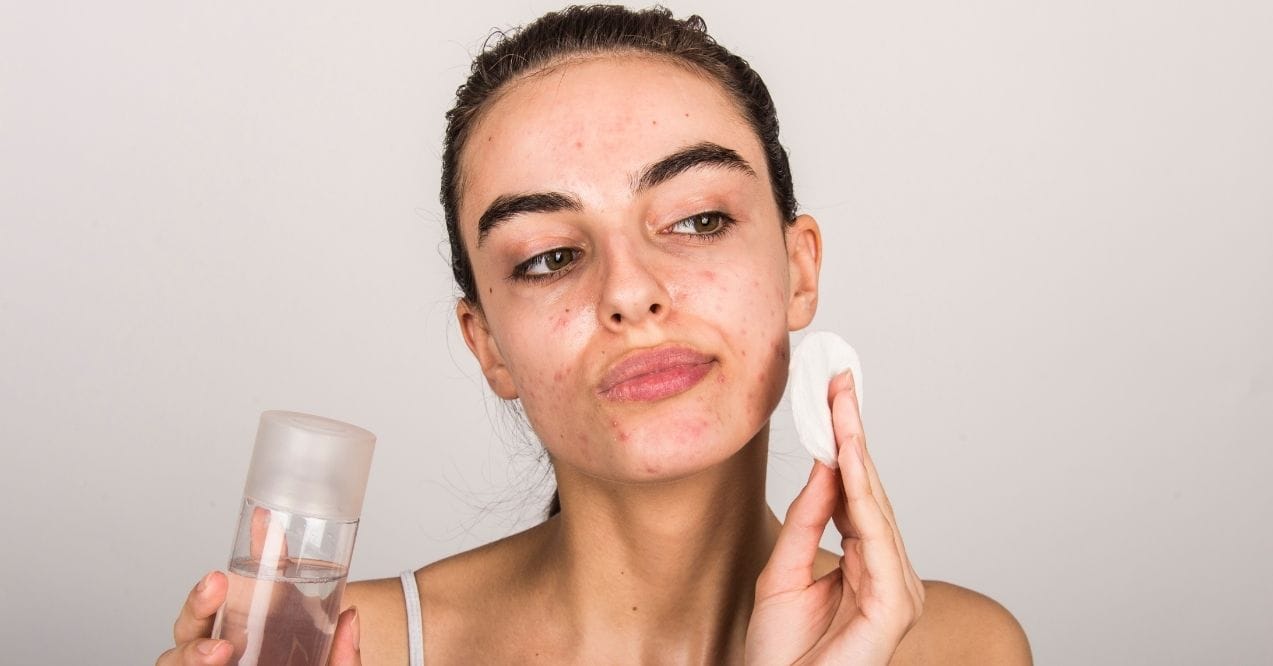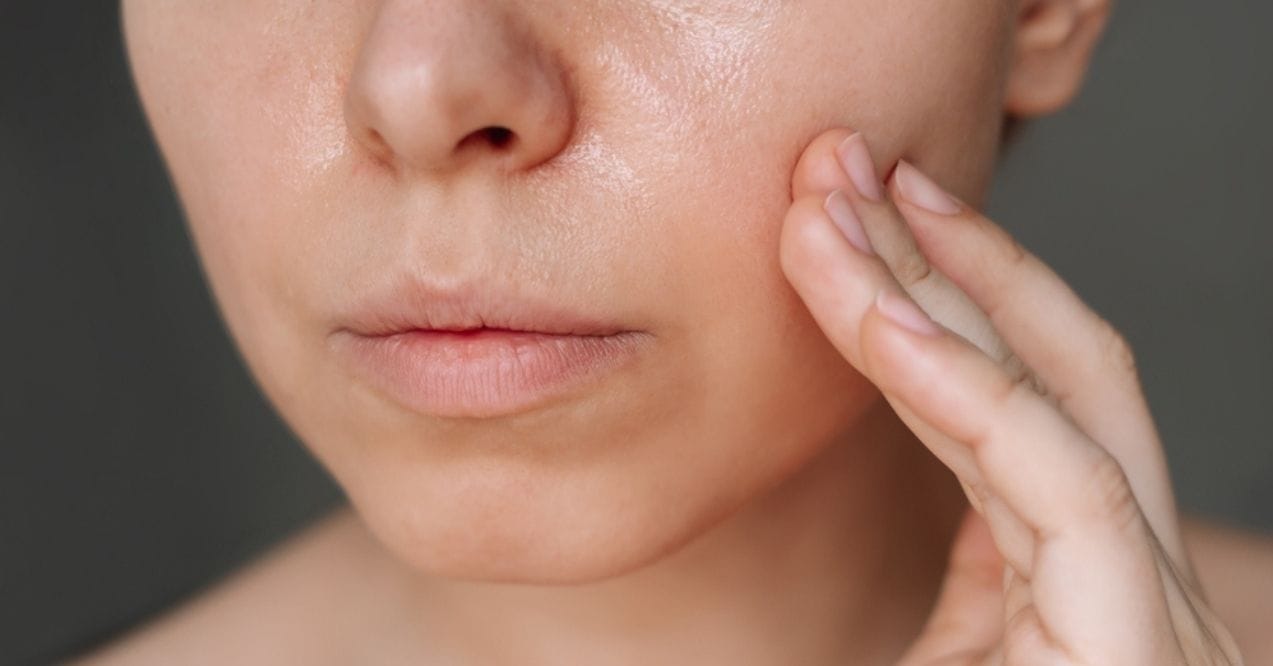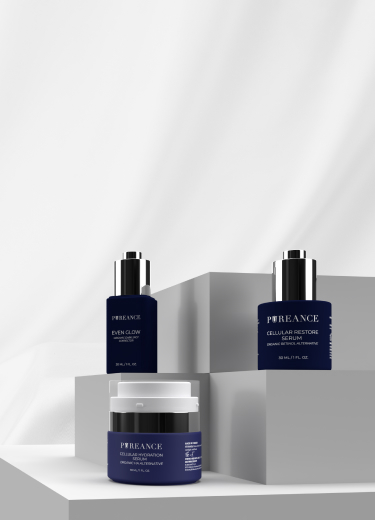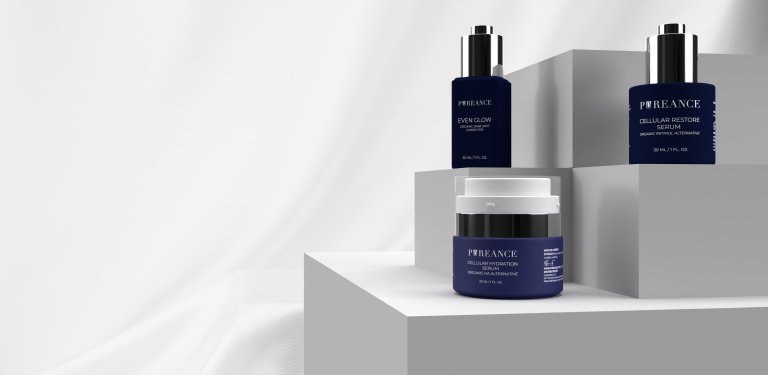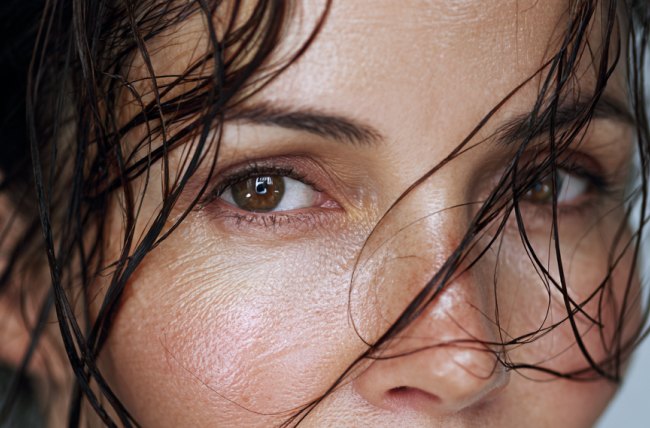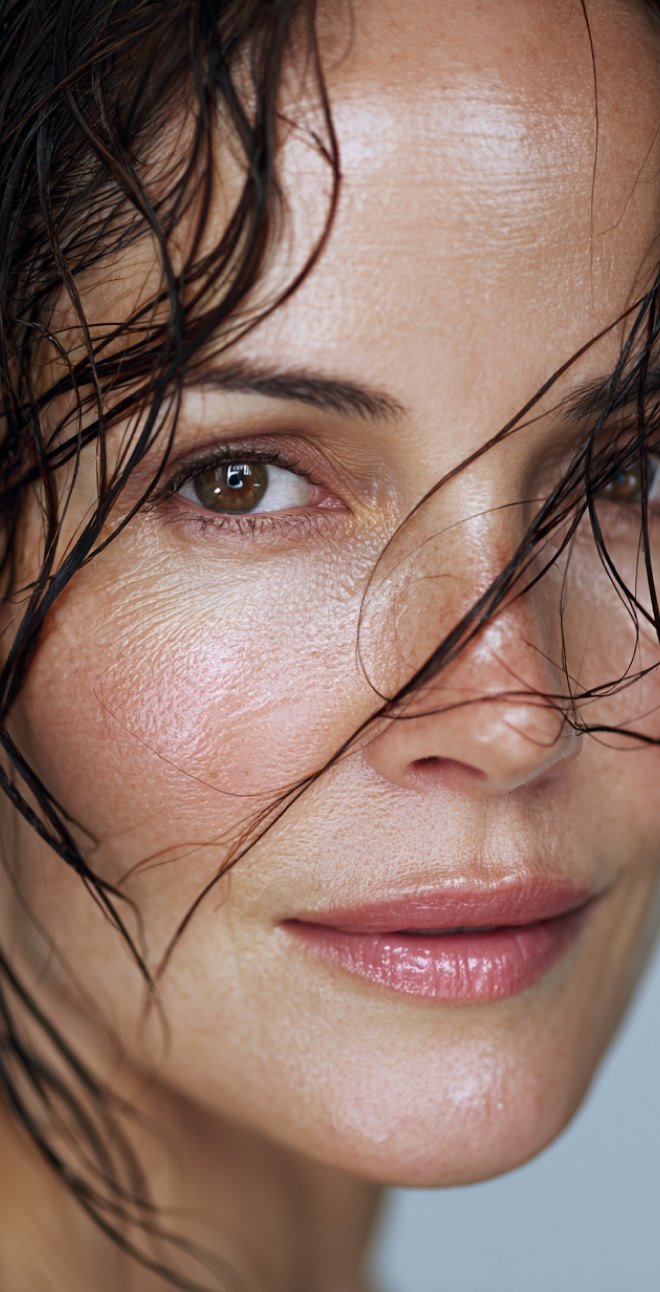
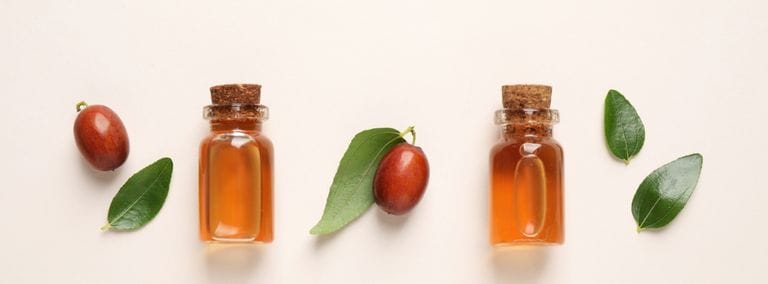

Is Jojoba Oil Good for Oily Skin?
Adding jojoba oil for oily skin might sound counterintuitive, but this lightweight oil could be exactly what your shiny complexion needs. Unlike heavy oils, jojoba has a unique structure that makes it surprisingly compatible with oily skin types. It absorbs quickly and may actually help balance your skin’s oil production rather than add to the problem. Let’s explore the science, benefits, and practical ways to use jojoba oil effectively.
Key Article Findings
- Jojoba oil closely mimics your skin’s natural sebum, potentially helping to balance oil production.
- Its non-comedogenic nature means it won’t clog pores, making it suitable for acne-prone skin.
- Light texture absorbs quickly without leaving a greasy residue.
Why Jojoba Oil Works for Oily Skin
The secret behind jojoba oil and oily skin compatibility lies in its molecular structure. Unlike traditional oils, jojoba is technically a liquid wax ester that closely resembles human sebum – the natural oil your skin produces. When your skin recognizes this familiar structure, it may slow down its own oil production, thinking it has enough already.
This balancing effect makes jojoba oil particularly effective for those struggling with excess shine. Instead of stripping your skin with harsh products that trigger even more oil production, you’re working with your skin’s natural processes. The oil provides what your skin needs without overwhelming it.
Many people with oily skin also deal with dehydration, which can actually trigger more oil production as your skin tries to compensate. Jojoba oil provides lightweight hydration without the heaviness of traditional moisturizers. For more insights on balancing oily skin, check out our guide on skincare routine for oily skin.
The Science of Sebum Balance
Your skin is constantly trying to maintain the right balance of oils. When it senses dryness or irritation, sebaceous glands kick into overdrive, producing more sebum to protect the skin barrier. Jojoba oil’s similarity to sebum may signal your skin to ease up on production.
Research suggests that jojoba oil’s composition – about 98% wax esters – makes it uniquely suited for this balancing act. It penetrates the skin easily without disrupting the natural lipid barrier.
Non-Comedogenic Properties
One of the biggest concerns for oily skin is clogged pores. Jojoba oil scores as one of the lowest on the comedogenic scale, making it unlikely to cause breakouts. Its lightweight molecular structure allows it to sink into skin rather than sitting on top.
This means you can get the moisturizing benefits without the pore-clogging drawbacks that come with heavier oils. It’s particularly helpful for those dealing with both oiliness and occasional dry patches.
Jojoba Oil Benefits for Oily Skin
When exploring jojoba oil benefits for oily skin, the list goes beyond simple moisturization. This versatile oil may help address multiple concerns that often accompany oily complexions. From reducing shine to potentially supporting clearer skin, jojoba oil works on several fronts.
The antioxidant content, particularly vitamin E, provides protection against environmental stressors that can trigger excess oil production. These antioxidants may also help soothe irritated skin, which is often a side effect of using harsh oil-control products. Plus, jojoba oil’s gentle nature makes it suitable for sensitive skin that reacts poorly to synthetic ingredients.
What really sets jojoba apart is its ability to work well with other skincare ingredients. It plays nicely with serums, moisturizers, and even makeup, making it easy to incorporate into your existing routine. You might find it helpful to understand What Does Toner Do for Your Face? to create a complete skincare routine.
Moisture Without the Grease
Dehydrated oily skin is more common than you might think. Jojoba oil delivers hydration that absorbs quickly, leaving skin soft but not slick. Within minutes of application, it sinks in completely, unlike heavier oils that leave a residue.
This rapid absorption means you can apply makeup shortly after without worrying about sliding or separation. Many users report their skin feels balanced and comfortable rather than tight or greasy.
Potential for Clearer Skin
While we can’t make medical claims, many people notice improvements in their skin’s clarity when using jojoba oil. Its properties may help dissolve excess sebum and debris that can contribute to congestion. The oil’s gentle nature means it cleanses without stripping.
Some users find that regular use helps minimize the appearance of enlarged pores and reduces overall shine throughout the day. Combined with proper cleansing, it may support a clearer complexion over time.
How to Use Jojoba Oil for Oily Skin
Wondering is jojoba oil good for oily skin in your specific routine? The answer often lies in how you use it. Start with just 2-3 drops – a little goes a long way with this lightweight oil. Warm it between your palms before pressing gently onto clean, slightly damp skin for best absorption.
Many people with oily skin prefer using jojoba oil at night when their skin can fully absorb it without worrying about midday shine. Others find that a tiny amount in the morning actually helps control oil throughout the day. Experimentation will help you find your sweet spot.
The beauty of jojoba oil for oily skin benefits is its versatility. You can use it alone, mix it with your regular moisturizer, or even add a drop to your foundation for a more natural finish. If you’re curious about mixing oils, you might want to explore whether Is Coconut Oil Good for Wrinkles? to understand how different oils work.
As a Daily Moisturizer
Replace your regular moisturizer with 2-3 drops of jojoba oil applied to damp skin. The water helps the oil spread more easily and may enhance absorption. Pat gently rather than rubbing to avoid stimulating oil glands.
Morning application should be minimal – just enough to hydrate without creating shine. Save the more generous application for nighttime when your skin repairs itself.
Oil Cleansing Method
Jojoba oil excels at dissolving makeup and sunscreen without harsh surfactants. Massage a teaspoon onto dry skin for 60 seconds, focusing on areas with congestion. The oil binds with excess sebum and impurities.
Follow with a gentle water-based cleanser to remove the oil completely. This double-cleansing method leaves skin clean but not stripped, maintaining the moisture barrier.
Best Practices and Tips
Getting the most from jojoba oil requires some know-how. Quality matters significantly – cold-pressed, organic jojoba oil retains more beneficial compounds than heavily processed versions. Store your oil in a cool, dark place to maintain its potency, though jojoba is naturally resistant to rancidity.
Less is always more with oily skin. Starting with minimal amounts helps you gauge your skin’s response without overwhelming it. You can always add more, but it’s harder to remove excess once applied.
Consider these application tips for optimal results:
- Apply to slightly damp skin for better absorption
- Use upward motions to avoid pulling skin downward
- Wait 5 minutes before applying makeup
- Mix with aloe vera gel for a lighter texture
- Add to clay masks to prevent over-drying
Your skin’s needs change with seasons, stress, and hormones, so adjust your jojoba oil usage accordingly. What works in humid summer might need tweaking in dry winter months.
Choosing the Right Product
Look for 100% pure, organic jojoba oil without additives or fragrances. The color should be golden yellow, not clear or dark brown. Reputable brands will specify “cold-pressed” or “expeller-pressed” on the label.
Avoid products that list jojoba oil far down the ingredient list or mix it with comedogenic oils. The investment in quality pays off in results and product longevity.
Patch Testing First
Even though jojoba oil is generally well-tolerated, patch testing is wise. Apply a small amount behind your ear or on your inner wrist. Wait 24 hours to check for any reaction before using it on your face.
If you experience any irritation, discontinue use. Some people may be sensitive even to gentle ingredients, and that’s perfectly normal.
Common Mistakes to Avoid
Even the best skincare ingredient can backfire if used incorrectly. The most common mistake with jojoba oil is using too much, thinking more oil equals more benefits. This approach often leads to the very greasiness you’re trying to avoid.
Another pitfall is expecting overnight miracles. Skin typically needs 4-6 weeks to show significant changes from new products. Patience and consistency yield better results than constantly switching products. If you’re dealing with specific concerns, understanding whether Does Coconut Oil Clog Pores? can help you make informed choices about which oils to use.
Here are mistakes that can sabotage your results:
- Applying to dirty skin (always cleanse first)
- Using with incompatible products
- Rubbing too vigorously
- Not adjusting amount based on skin’s daily needs
- Buying low-quality or diluted products
Remember that skincare is personal, and what works for others might need adjusting for you.
Using Too Much Product
Oily skin needs just 2-3 drops of jojoba oil, maximum. More than this can sit on the skin’s surface, attracting dirt and potentially causing congestion. Start with one drop and build up if needed.
Signs you’re using too much include persistent shine, makeup sliding off, or small bumps appearing. Scale back immediately if you notice these issues.
Mixing with Wrong Ingredients
While jojoba oil plays well with most ingredients, avoid combining it with heavy occlusive products that might trap it against your skin. Products with high concentrations of petrolatum or mineral oil can create an impenetrable barrier.
Also, be cautious with strong actives like retinoids or acids immediately after oil application. Give each product time to absorb properly for best results.
Comparing Jojoba Oil to Other Oils
Learning how jojoba stacks up against other popular options helps you make an informed choice. While some oils might work wonderfully for dry skin, they could spell disaster for oily complexions.
| Oil Type | Texture/Weight | Absorption Speed | Best For | Key Benefits | Considerations for Oily Skin |
| Jojoba Oil | Lightweight | Very Fast | All skin types, especially oily | Mimics sebum, balances oil production | Excellent choice, won’t clog pores |
| Virgin Coconut Oil | Heavy, solid at room temp | Slow | Very dry, non-acne prone skin | Deep moisturization, antibacterial properties | May clog pores, too heavy for most |
| Olive Oil | Medium-Heavy | Slow-Moderate | Dry, mature skin | Rich in antioxidants, deeply nourishing | Can leave greasy residue, may cause breakouts |
| Argan Oil | Light-Medium | Fast-Moderate | Normal to dry skin | High in vitamin E, anti-aging benefits | Generally safe but heavier than jojoba |
The molecular size and composition of different oils determine how they interact with your skin. Jojoba’s unique wax This comparison shows why jojoba oil stands out for oily skin – it offers the perfect balance of moisturization without the pore-clogging risk of heavier oils. For more detailed information about different oils, explore our article on 7 Jojoba Oil Benefits for Face.
Conclusion
Jojoba oil for oily skin proves that the right oil can actually help balance sebum production rather than worsen it. Its lightweight texture, non-comedogenic properties, and ability to mimic natural sebum make it ideal for shine-prone complexions. Success depends on using quality products, starting with small amounts, and allowing time for your skin to adjust. With proper application, jojoba oil could become your go-to solution for achieving balanced, healthy-looking skin.
Yes, jojoba oil’s low comedogenic rating (2/5) makes it suitable for most acne-prone skin. Start with a patch test and use sparingly.
Most people notice improved hydration immediately, but oil-balancing benefits typically appear after 2-4 weeks of consistent use.
Both work, but oily skin types often prefer nighttime use. If using in the morning, apply very sparingly to avoid shine.
For some people, yes. Others prefer mixing 1-2 drops with their regular moisturizer for added benefits without heaviness.
This site offers health, wellness, fitness and nutritional information and is designed for educational purposes only. You should not rely on this information as a substitute for, nor does it replace, professional medical advice, diagnosis, or treatment. If you have any concerns or questions about your health, you should always consult with a physician or other health-care professional. Do not disregard, avoid or delay obtaining medical or health related advice from your health-care professional because of something you may have read on this site. The use of any information provided on this site is solely at your own risk.
Nothing stated or posted on this site or available through any services are intended to be, and must not be taken to be, the practice of medical or counseling care. For purposes of this agreement, the practice of medicine and counseling includes, without limitation, psychiatry, psychology, psychotherapy, or providing health care treatment, instructions, diagnosis, prognosis or advice.
